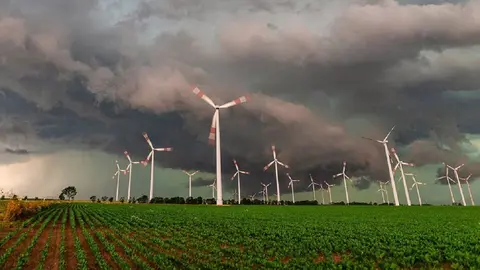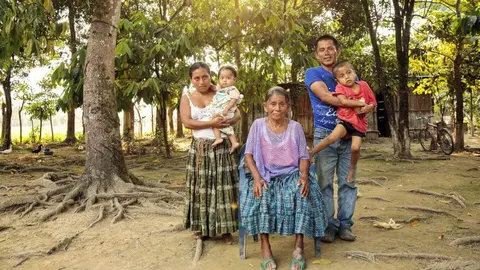Latin America will maintain low economic growth in 2023 and 2024

The Economic Commission for Latin America and the Caribbean (ECLAC) on Tuesday released an annual report saying the region's economies will maintain low levels of growth this year and next, affected by a negative global and "very complex" regional economic outlook.
- High interest rates and limited fiscal space
- Falling employment rate and more precarious jobs
- Climate change
Under the title Economic Survey of Latin America and the Caribbean, 2023. Financing a Sustainable Transition: Investing for Growth and Addressing Climate Change, the document forecasts regional average GDP growth of 1.7% in 2023. A slight decline in 2024 would bring the regional gross domestic product to 1.5%.
📊¿Cuánto crecerá tu país en 2023 y 2024?
— CEPAL (@cepal_onu) September 5, 2023
Revisa las nuevas proyecciones económicas de la #CEPAL incluidas en su informe #EstudioEconómico de #AméricaLatina y el #Caribe 2023, entregado hoy por su Secretario Ejecutivo @JoseMSalazarX.
Lee más ➡️ https://t.co/cDHeODSIdZ pic.twitter.com/RmFlT5pQ18
High interest rates and limited fiscal space
According to the agency, the global economy and trade remain on a low-growth path. Despite declines in inflation rates, developed countries are expected to continue to pursue contractionary monetary policies, so no significant decline in external interest rates is expected this year, and financing costs for countries will remain high.
Although public debt has fallen, it remains at high levels relative to GDP, which, together with high external and domestic interest rates and the expected fall in tax revenues due to lower growth, creates limited fiscal space for countries in the region.
Specifically, ECLAC indicates that all sub-regions will have lower growth this year compared to 2022: South America would grow by 1.2%, Central America and Mexico by 3.0%, while the Caribbean (excluding Guyana) would grow by 4.2%, compared to 3.7%, 3% and 4.2% in 2022, respectively.
Falling employment rate and more precarious jobs
Meanwhile, in 2024, the agency expects the international context to remain unfavourable, with global GDP and trade growth well below historical averages. In the region, the reduced fiscal space will be maintained, although the fall in inflation will leave more room for manoeuvre for monetary policy.
Specifically, ECLAC forecasts average growth of 1.2% for South America, 2.1% for Central America and Mexico, and 2.8% for the Caribbean (excluding Guyana).
In addition, there will also be a slowdown in employment growth, which is estimated at 1.9% in 2023 and 1.1% in 2024.
In this context, the authors expressed concern about the quality of employment, as the economic slowdown is likely to have an impact on workers and expose them to lower levels of social protection and jobs in less productive sectors.
"In the face of the challenges of boosting growth and tackling climate change, it is essential to boost public and private investment. Public investment in the region is low compared to advanced economies, and even compared to other developing regions. This low level of investment has resulted in an insufficient stock of public capital, infrastructure, to boost economic growth and promote productive development," the report notes.
Climate change
"The low growth in Latin America and the Caribbean could be aggravated by the negative effects of a worsening of climate shocks if investments in adaptation and mitigation are not made," said ECLAC's executive secretary, José Manuel Salazar-Xirinachs.
In this regard, the document highlights that the macroeconomic impacts of climate change could be very significant for the countries of the region. Estimates indicate that, in 2050, the GDP of six countries analysed (Barbados, Dominican Republic, El Salvador, Guatemala, Honduras and Saint Lucia) could be between 9% and 12% lower than that corresponding to a scenario of trend growth if investments are not made to compensate for climate shocks.
The amount of additional investment required is "exceptionally large", between 5.3% and 10.9% of GDP per year. This means that a significant increase compared to current levels of investment is required.
However, the ability to invest will depend on both access to finance and the cost of financing. "A substantial increase in concessional financing is required to sustain investment trajectories over time. These efforts must be accompanied by domestic macroeconomic policies that favour resource mobilisation," said Salazar-Xirinachs.










